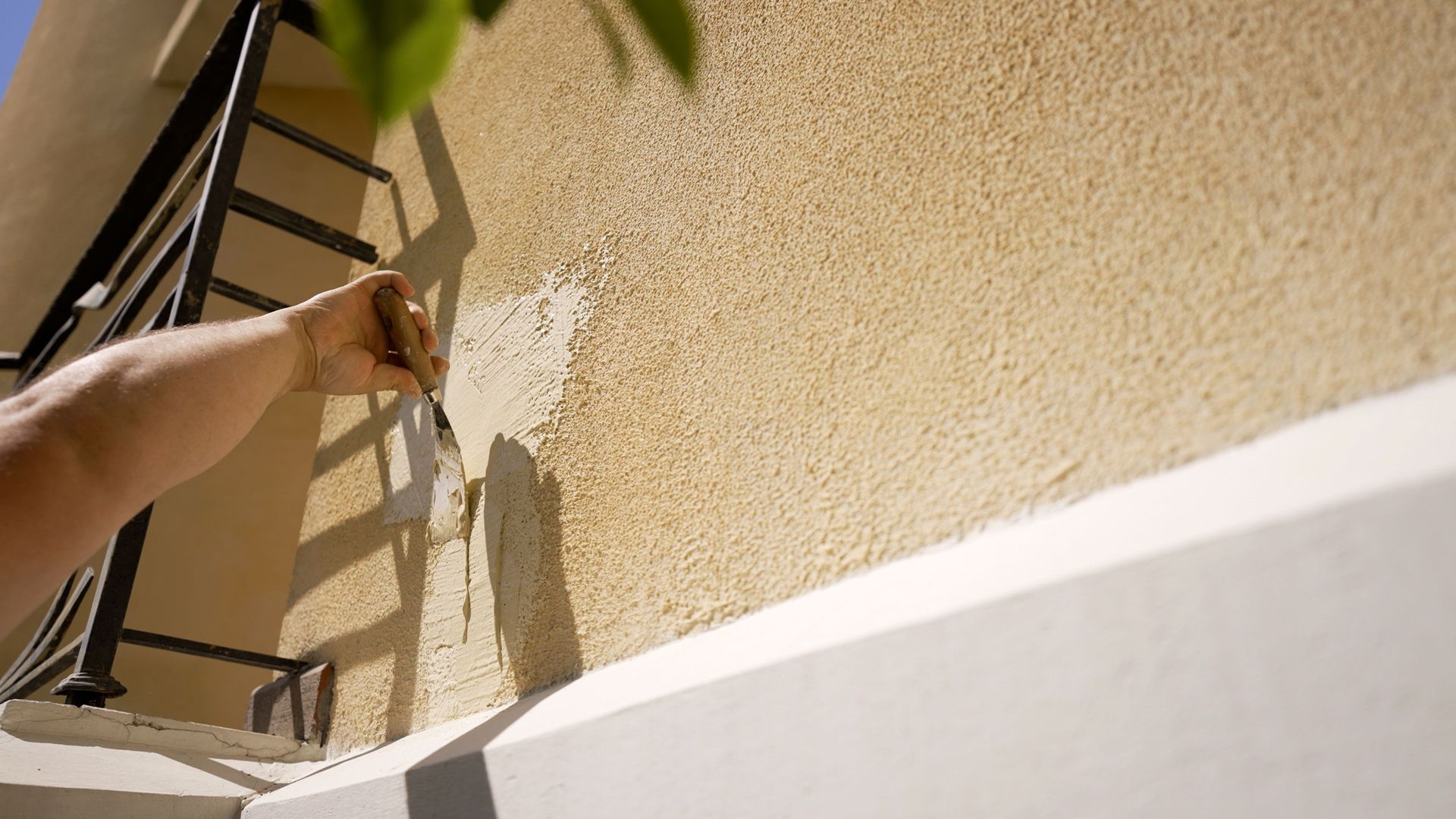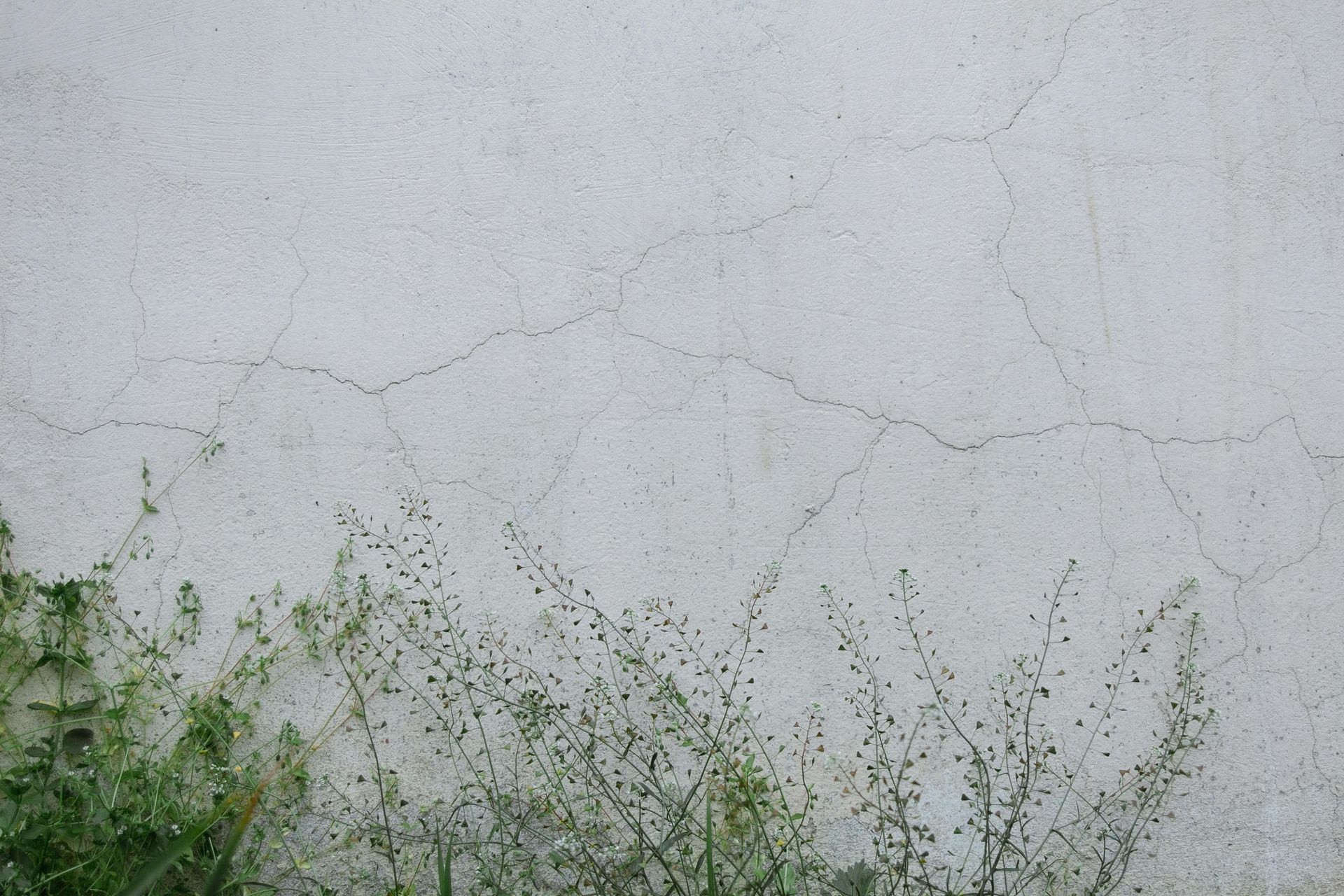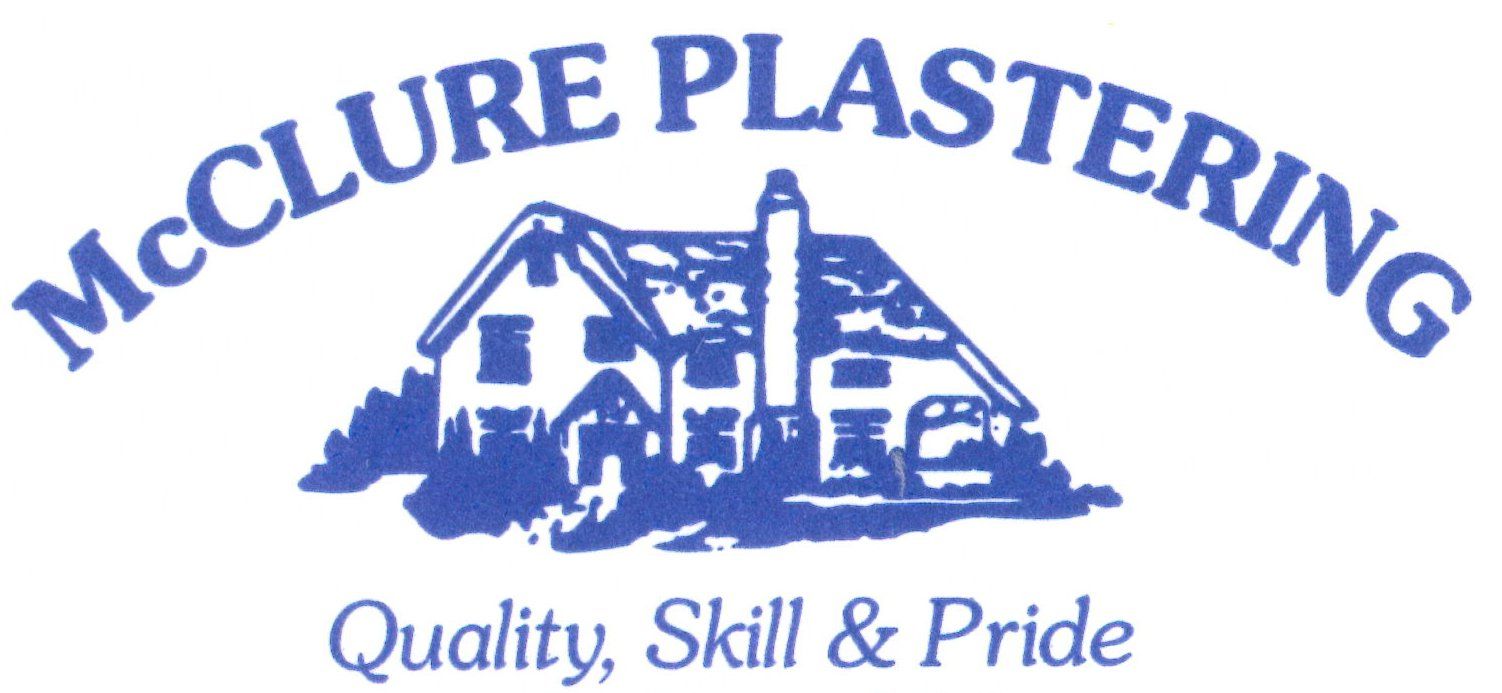When it comes to the integrity of your home's structure, even the smallest cracks can indicate underlying issues that require attention. As the name suggests, hairline cracks are tiny fractures that can occur in concrete structures. If the cracks look like those on an eggshell, it may be caused by the choice of materials. While they may seem insignificant, major problems could lurk beneath the surface.
Here’s an overview of the potential causes of hairline cracks and how you can address them.
Identifying Hairline Cracks
Hairline cracks are thin fissures, typically less than 1/16th of an inch wide. They can appear in various directions—vertical, horizontal, or diagonal—and can occur on both interior and exterior surfaces. They are one of the most common stucco cracks, partly influenced by the composition of the cement mixture. Other causes include:
● Natural Drying and Shrinkage: Plaster shrinks naturally as it dries and cures, causing small fissures. This is particularly common in older homes.
● Movement of Underlying Structure: Similar to concrete, slight movement in the underlying framing or foundation can cause vertical or horizontal hairline cracks in the plaster layer. These usually appear off of doors and windows.
● Temperature Fluctuations: Temperature changes can cause concrete to expand and contract, putting extra stress on it. Excessive moisture exposure or rapid drying can also cause stuccos to warp.
Understanding the Severity
It's essential to understand that simply repairing stucco cracks may not solve underlying structural or foundational problems. For example, you should worry about diagonal ones forming near door frames, windows, or other structural elements. These indicate foundation problems and structural damage. Ignoring them can worsen structural issues over time.
While stucco sidings are durable, excess moisture or extreme weather conditions can impact their durability. These conditions can alter the soil structure and weight, ultimately influencing the home’s foundation. Therefore, contacting a professional to fix structural or foundational cracks is important. If you patch them up without addressing the root cause, they will likely recur.
Homeowners can sometimes repair minor stucco cracks using various products available at home improvement stores. However, it's essential to follow proper repair procedures to ensure the effectiveness of the fix. On the other hand, foam trim and cross-patterned ones are usually caused by stucco framing and fitting problems. They will need a complete rehaul and reapplication of stucco, which professionals can handle efficiently.
The Importance of Lath
Stucco applications depend heavily on a framework called a lath. The lath serves as a foundation for the stucco, providing support and structure. It typically consists of a metal wireframe or a paper-like pattern strategically arranged to create a grid-like structure.
When the lath is not installed correctly, pieces of stucco may fail to adhere correctly to the grid, resulting in gaps and other defects. In such cases, the only solution is to replace the lath and apply new stucco. However, this requires extensive labor and specialized product knowledge. Fixing these issues without expertise can result in further damage and costly repairs.
It’s important to note that cracks over the width of a nickel (1/16th of an inch) can indicate structural issues. To resolve these issues effectively, reaching out to a reputed agency like
McClure Plaster & Paint, Inc. is crucial. We have over 40 years of industry experience in lath and plaster services. Our team handles all types of lath and stucco replacement, ensuring that your home's structure is in expert hands.
Contact us today to learn more!



